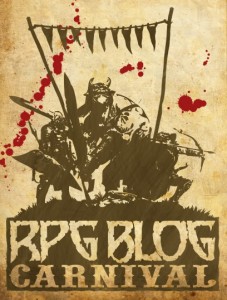I’ve heard a lot of people say that 4e is really just a video game turned into a table-top role-playing game. The game is too tactical and relies too much on the visual aid of a battle mat and minis. These criticisms always talk about the limitations and restrictions of 4e. I admit that the visual component is certainly important, but the game is certainly not limiting. D&D is so much more than what’s on the table.
When I recently ran an adventure at my FLGS a new player sat down next to me, introduced himself and told me he was blind. I wasn’t sure how to handle this news. I was concerned that I’d have to make significant adjustments to my game in order to meet the needs of the blind player. He was really good about it and just told me to do what I’d normally do but to be sure to describe things (like the map) so that he could accurately picture it in his mind.
This seemed like a reasonable request. After all, everything in the game is described in the adventure, right? Nope.

